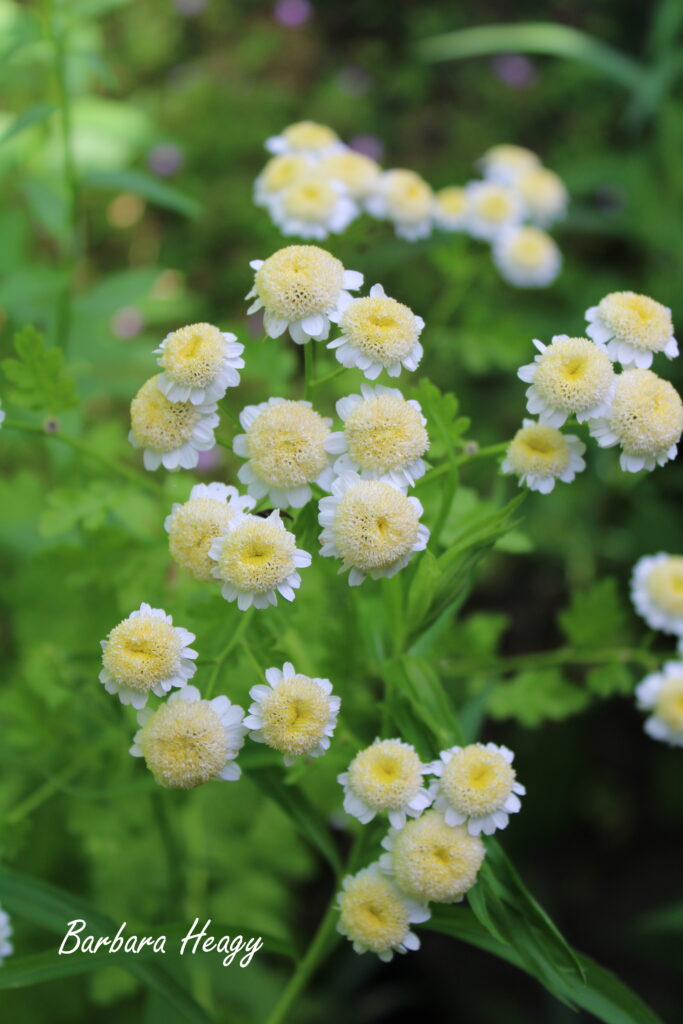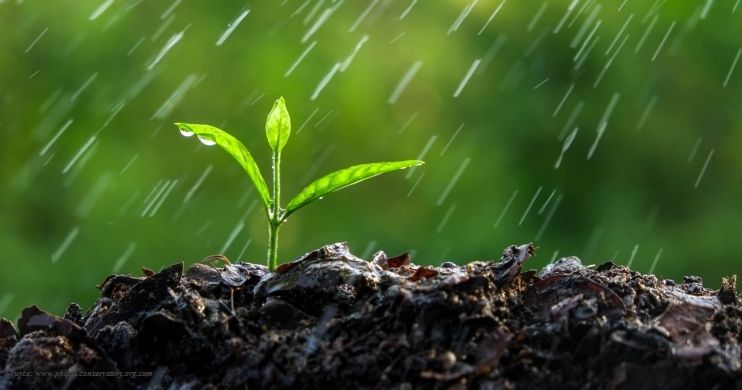
“The best gardens are a perfect balance of order and chaos. The tension created by the threatened balance is the pulse of the garden itself.”
~Helen Humphreys
Yesterday everything aligned so that I could eat my breakfast out on the back deck; the last word had been put in my book, there was nothing on the calendar, the rains had stopped, the sun was shining, and the temperature was perfect.
Sipping my morning coffee, I viewed my wild jungle of a garden that has continued to grow in spite of my busyness and neglect. Still there were pockets of beauty. I apologetically took a video as I walked through my overgrown garden and then shared it with friends. Not one of them saw a mess. Where I could only see weeds, they saw flowers. And many of the weeds had flowered themselves and were full of hungry bees and butterflies as they danced among the blossoms.
I began to see that there is a natural force in flowers and plants that will seek growth and new life wherever they are planted and in all conditions. Even with less care, and perhaps because of my dwindled care, they grew. And not only grew but thrived. Like a helicopter parent that constantly hovers over their children, planning, constructing, manipulating, we can be over zealous in our efforts to be good parents and gardeners. The flowers themselves know what they need and seek it. Do some weeding, clear the paths, provide the elements they need to grow; some water, sun, but don’t overdo it. Plants have a natural inherent knowledge within them and they will find a way. I pull out the “bullies,” those weeds that seek to dominate but leave some behind for even in them there is a natural grace and beauty.
Thank you garden, for continuing to grow, for continuing to teach me lessons.
